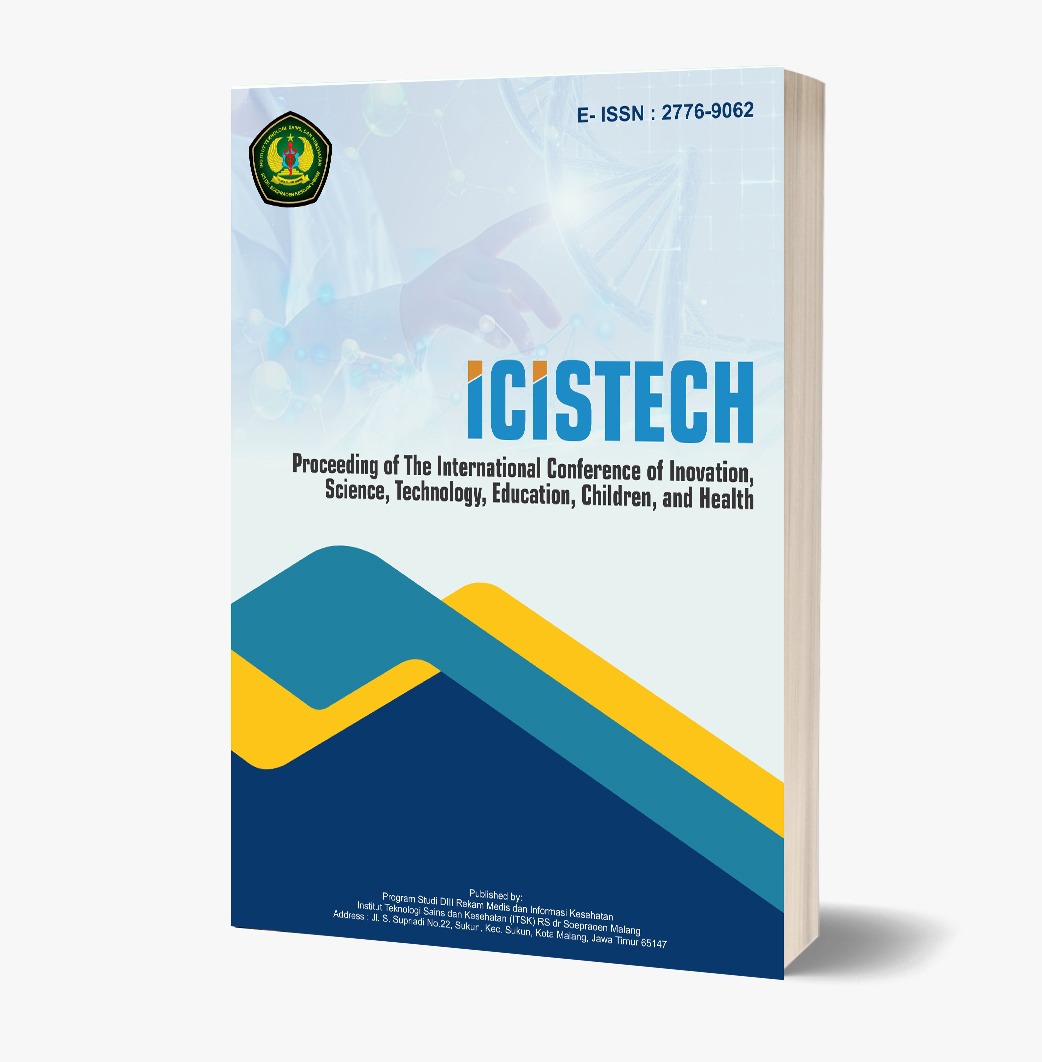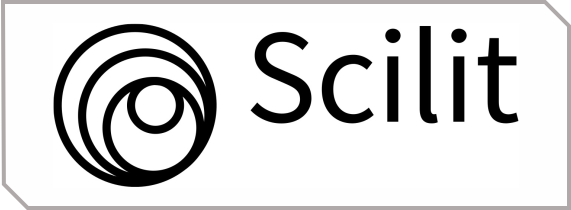The Effect of Pineapple Juice (Ananas Comosus) on Dysmenorrhea Pain
DOI:
https://doi.org/10.62951/icistech.v5i1.196Keywords:
adolescent health, bromelain, dysmenorrhea, non-pharmacological therapy, pineapple juiceAbstract
Menstrual pain, also known as dysmenorrhea, is one of the most common reproductive health problems experienced by adolescent girls. This condition often recurs every month and can interfere with school attendance, concentration, and participation in daily activities. Many individuals choose pharmacological treatments such as analgesics to relieve symptoms. However, excessive use of pain relievers can lead to side effects, prompting interest in non-pharmacological approaches. One such approach is the consumption of pineapple juice, which contains beneficial compounds such as pectin, vitamin C, and the enzyme bromelain. Bromelain has anti-inflammatory properties, aids in muscle relaxation, and improves blood circulation, potentially reducing uterine muscle contractions that cause pain. This study aimed to determine the effect of pineapple juice consumption on reducing menstrual pain among adolescent girls. The research design used was pre-experimental with a pretest–posttest approach. The population included 121 adolescent girls who experienced menstrual pain, and the sample was obtained through accidental sampling. Pain quality was evaluated using observation sheets, while pain intensity was measured with the Numeric Rating Scale (NRS), which has a validity coefficient of r = 0.90 and reliability above 0.95. Before the intervention, the majority of respondents reported a pain intensity score of 6 (46.7%), with a mean score of 5.86. Following the administration of pineapple juice, pain intensity predominantly decreased to a score of 4 (86.6%), with a mean score of 3.06. The Wilcoxon test produced a p-value of 0.000 (<0.05), indicating a statistically significant difference between pre- and post-intervention pain levels. In conclusion, pineapple juice is effective in significantly reducing menstrual pain in adolescent girls. This finding supports its potential as a simple, affordable, and natural alternative to pharmacological treatments. Further research with a control group and larger sample size is recommended to strengthen the evidence.
References
Ariyanto. (2023). Pengaruh pemberian jus nanas dan madu terhadap dismenore pada remaja di SMP Fajar Kabupaten Bogor tahun 2023.
Dartiwen, & Aryanti. (2022). Buku ajar asuhan kebidanan pada remaja dan perimenopause. Deepublish.
Gani. (2023). Pengaruh pemberian jus nanas (Ananas comosus L.) terhadap intensitas dismenore pada remaja putri.
Harahap, Z., & Siregar. (2020). Pengaruh pemberian jus nanas dan madu terhadap penurunan nyeri menstruasi remaja putri di SMP YP Singsosari Delitua tahun 2020. Jurnal Penelitian Kebidanan & Kespro, 3(1). https://doi.org/10.36656/jpk2r.v3i1.349
Harsinta. (2017). Kejadian dismenorea pada siswi di SMAN 21 Makassar. STIKES PurbaLingga.
Haryono. (2016). Siap menghadapi menstruasi & menopause. Gosyen Publishing.
Hayat, I. U., dkk. (2015). Pengaruh sari buah nanas (Ananas comosus L.) terhadap aktivitas antioksidan pada ekstrak tongkol jagung (Zea mays L.). Jurnal Ilmiah Farmasi-UNSRAT, 4(3).
Juldha. (2016). Teori pengukuran nyeri dan nyeri persalinan. Nulha Medika.
Kementerian Kesehatan Republik Indonesia. (2016). Profil kesehatan Indonesia.
Kementerian Kesehatan Republik Indonesia. (2018). Badan Penelitian dan Pengembangan Kesehatan.
Kusmiran, E. (2016). Kesehatan reproduksi remaja dan wanita. Salemba Medika.
Manulaba, dkk. (2017). Ilmu kebidanan penyakit dan kandungan dan buku untuk pendidikan bidan. EGC.
Mayasari, dkk. (2021). Kesehatan reproduksi wanita di sepanjang daur kehidupan. Banda Aceh: Primladevi. https://doi.org/10.52574/syiahkualauniversitypress.231
Nugraheni, R. (2016). Sehat tanpa obat dengan nanas: Seri apotek dapur. Rapha Publishing.
Nurlaini. (2014). Aneka daun berkhasiat untuk obat. Gava Media.
Potter, P. A., & Perry, A. G. (2016). Buku ajar fundamental keperawatan: Konsep, proses, dan praktik (Edisi ke-4, Vol. 2). EGC.
Proverawati, A., & Misaroh, S. (2017). Menarche: Menstruasi pertama penuh makna. Nulha Medika.
Sandiati. (2015). Pengaruh pemberian madu terhadap penurunan nyeri haid (dismenore primer) pada mahasiswa PSIK FIKES.
Setianingsih, E., & Widyawati, R. (2018). Pengaruh pemberian jus nanas dan madu terhadap penurunan nyeri menstruasi (dismenore) pada remaja putri di SMP Tri Tunggal II Surabaya. JIFOKES, 8(2).
Silaban, & Rahmanisa. (2016). Pengaruh enzim bromelin buah nanas (Ananas comosus L.) terhadap awal kehamilan. Jurnal Majority, 5(4), 81-87.
Silaban, dkk. (2022). Pengaruh pemberian jus nanas dan madu terhadap penurunan nyeri menstruasi remaja putri di SMP YP Singsosari Delitua tahun 2022.
Swandari. (2022). Buku ajar intervensi fisioterapi pada kasus dismenore. ULM Publishing.
Zulliawati. (2019). Lemak tubuh memicu menstruasi dini. Rineka Cipta.
Downloads
Published
How to Cite
Issue
Section
License
Copyright (c) 2025 Proceeding of The International Conference of Inovation, Science, Technology, Education, Children, and Health

This work is licensed under a Creative Commons Attribution-ShareAlike 4.0 International License.













